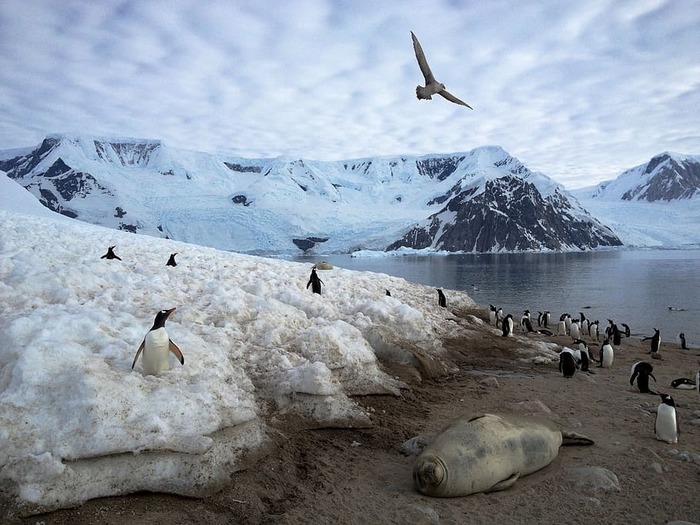The melting of Antarctic permafrost may well have a key role in the future of the planet's climate, according to the results of an Italian-led research project. The recently completed Seneca (SourcE and impact of greeNhousE gasses in AntarctiCA) project has for the first time estimated the greenhouse gas emissions caused by permafrost melting in the region.
It was financed by the Antarctic National Research Programme (Programma Nazionale di Ricerche in Antartide) and coordinated by Livio Ruggiero of the National Institute of Geophysics and Vulcanology (INGV) in collaboration with New Zealand.
"Our project sought to verify the presence of greenhouse gases in soil not covered by snow in the Antarctic region and measure the quantity and the emissions, information that no one had collected up to now," said Ruggiero. "It was thought up to now that the Antarctic, where areas not covered by snow or ice are limited but destined to grow, did not emit greenhouse gases but we have observed that this is not the case".
The three-year Seneca campaign analysed a small portion of territory to provide the first estimates of these emissions and revealed geophysical dynamics not previously known about that could have an impact on a bigger scale than expected. The research, however, needs to be taken further with new missions, probably including a Seneca-2 project.









Caricamento commenti
Commenta la notizia